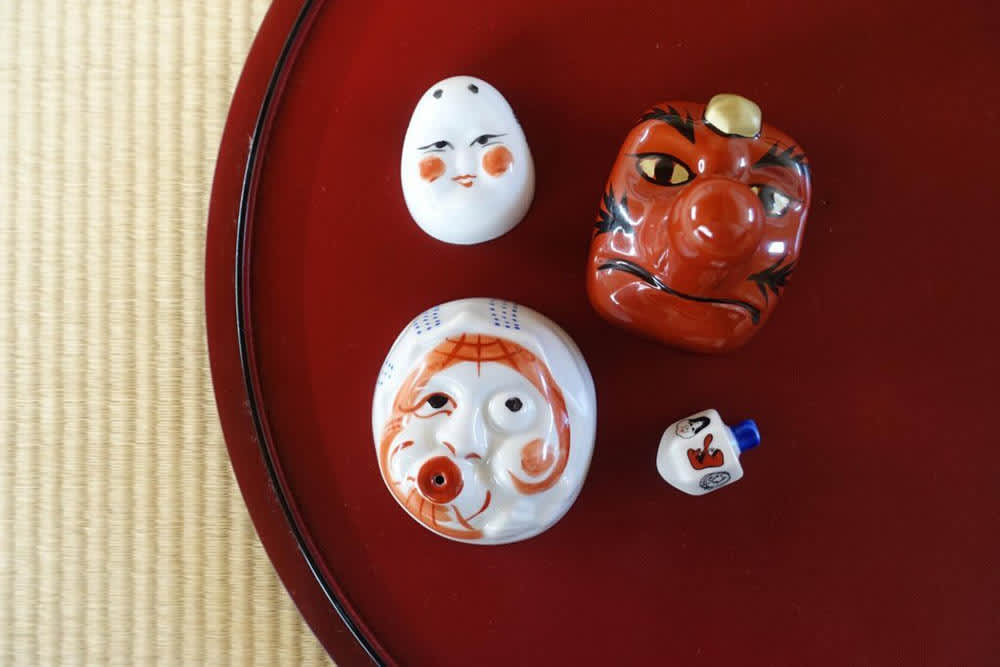Learn some of the quirks of enjoying drinking culture in Japan
Japan has a rich drinking culture. Sake, known as Nihonshu in Japan, has been brewed since at least the 3rd century, and the techniques began to be documented and refined in the 7th-10th centuries. Beer was introduced later, but famous Japanese beers like Asahi, Kirin, and Sapporo are now ubiquitous, while recent trends have led to an increase in local craft breweries around Japan. But it is the rich cultural traditions surrounding alcohol which set Japan’s drinking culture apart. Drinking parties, known as enkai, are a staple of Japanese culture, and there is specific etiquette to follow if you want to avoid a drinking faux pax.
1. Don’t drink before the toast.
Drinking parties—whether casual or work-related, should always have a toast. At work events, this will sometimes involve speeches, while a gathering among friends may involve no more than a simple kanpai (cheers). Either way, it is bad manners to drink before everyone has toasted.
2. Don’t pour your own drink.
Pouring drinks for others is a sign of respect and camaraderie. Try to pour for those who are older than you or more senior in rank, or simply pour as a sign of respect and gratitude. Among friends, continue to top up each other’s drinks so that no one’s cup runs dry. Pouring with both hands, rather than one, is good manners.
Drinking parties are just as much about the food as the drink. An elaborate enkai will be a multi-course event with a specific arrangement of dishes. Generally, the first course will be fresh or raw, and is often a selection of sashimi arranged on shredded radish and elegant shiso leaves (these garnishes are intended to be eaten!) The menu will then proceed to a variety of other dishes depending on venue and season, from grilled to stewed to fried, and finally ending with a noodle or rice dish. At izakayas, or Japanese pubs, you will also always receive an otoshi before you order. This is generally a small dish which doubles as a table charge. Often, it might be something simple like edamame or pickles or even potato salad, but sometimes it is more elaborate. It’s a nice way to have something to eat before your first order arrives, but you never know what you’re going to get (and you can’t substitute anything for it!) so it’s best to approach it with a sense of adventure.
Though every town will have some excellent izakaya, a great place to experience izakaya culture is Pontocho, in Kyoto. A traditional nightlife district which dates back to 1670, you’ll find ample izakaya options as you explore the narrow, lantern-lit alleys and traditional wooden buildings.

Drinking parties are also about letting loose and often involve games. Kochi prefecture, in southern Shikoku, is famous for its sake culture and has a number of unique drinking games. One, Beku Hai, involves distinctly shaped cups and a top. Players spin the top, and the player with the cup indicated by the top must drink—usually emptying their cup, since the cups have bases which are difficult to set down and one even has a hole in it. In Kiku no Hana, cups are placed face down over a chrysanthemum flower. As players turn over the cups one by one, the player who finds the chrysanthemum must drink sake from all the previously turned over cups. As you would imagine, Kochi also has a proud sake brewing tradition, with 18 breweries famed for their crisp, dry sake. Several are open to the public and offer tastings and tours.

Finally, from karaoke at the contemporary office party to more professional performances, no drinking party is complete without entertainment. To partake in one of the more historical of these, head to famous Higashiyama Onsen, one of the top three hot springs villages of Tohoku. Higashiyama Onsen was discovered more than 1,300 years ago and has long been a destination for poets and writers. There, you can see a traditional performance by Higashiyama Geigi (geisha) , with dance accompanied by shamisen and taiko drums.
Next time you’re in Japan, take advantage of the diverse and rich drinking culture, and enjoy a fun trip with manners like a local!



















































